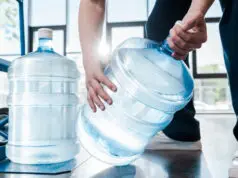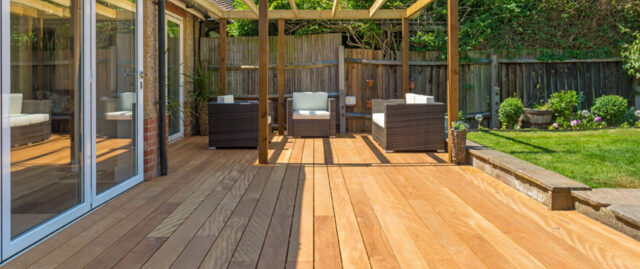
If you’re planning on gracing your house with a deck anytime soon, you might be surprised at how many different options are there. Back in the day, you wouldn’t really have that much to think about since there were essentially no options other than the wood. Naturally, you weren’t stuck with the same wood all over the place, you could choose the colour and the type of wood, but that was about it. Nowadays, things are significantly different.
You have more than a handful of options available, all kinds of different decking materials varying in colour, durability, price and so on. Since there are so many options with that many differences it can be kind of overwhelming to choose the right fit for you. You have to look at all of the options and compare their price, durability, maintenance costs and more. So, in order to spare you some time, we’ve decided to put together a guide of sorts, to help you make a decision.
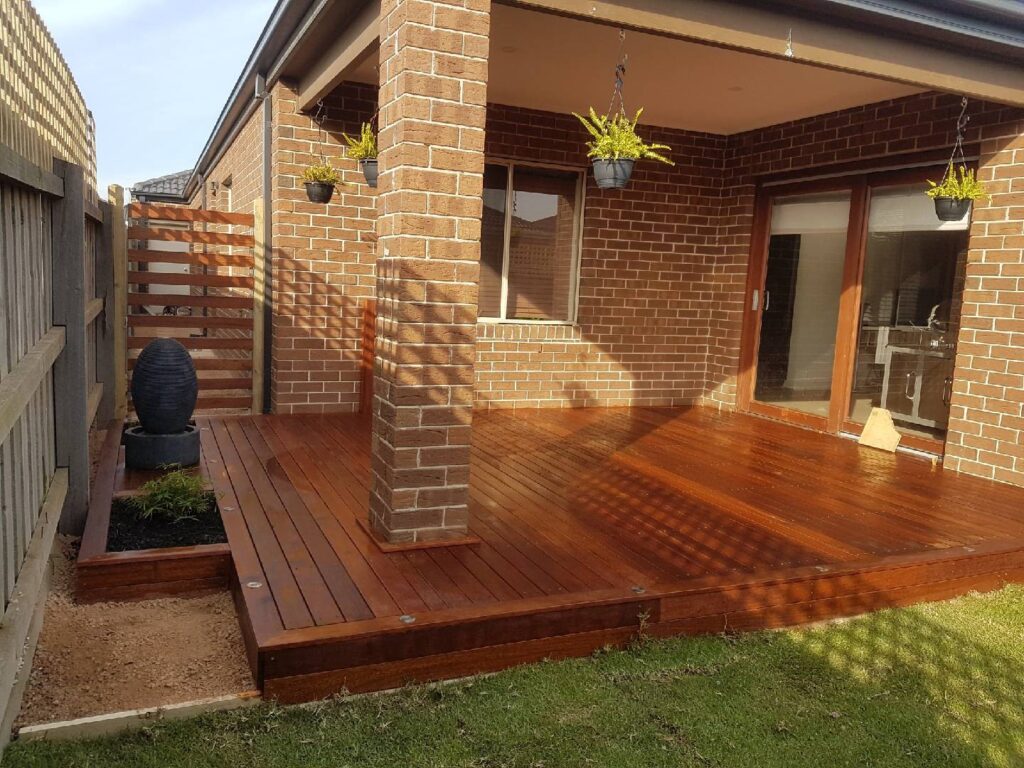
In this article, we’re going to cover the most common and usual decking materials, what they bring to the table and what can you expect from them in all of the before-mentioned categories, so you can start with the building as soon as possible.
First off, we’re going to start with the most common option out there – pressure-treated lumber. So, why is PT lumber the most popular option? Well, for starters, it one of the most affordable options, which is an important factor when building a deck. Not everyone has an unlimited budget and this could very well be the only viable option.
Aside from being very affordable, PT lumber is pretty durable for its price, essentially available everywhere and as far as choosing a colour goes, your options are limited only by the colour spectrum. So, if the pink deck is what you’re after, this might be the one for you. Jokes aside, PT decking material is usually chemically treated yellow pine wood. The wood is chemically treated to make it resistant to rot, bugs, fungus and other wood devouring pests.
As far as the price goes, you can get this at around $1 per linear foot, or even less, if you’re thinking about building a smaller deck. The downside to the PT decking is, it tends to shape-shift. What we mean is that, because it’s being exposed to heat, cold, moisture and so on, it tends to warp.
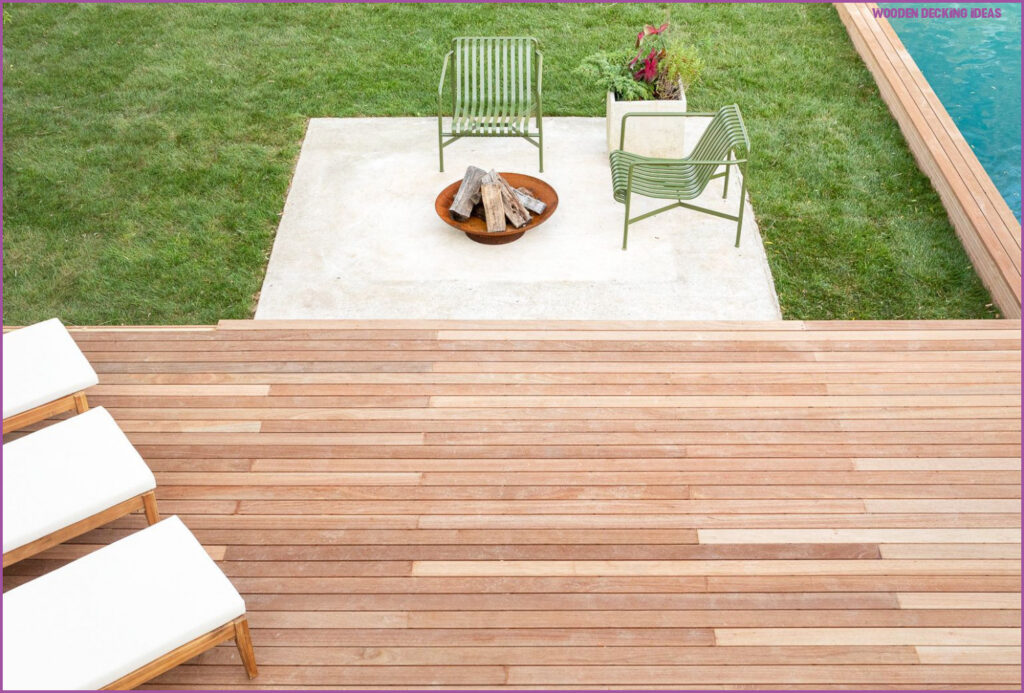
It can swell, shrink and even crack or split, so it’s not uncommon to have to replace individual boards after just a year or two. Another downside is, you’re going to have to maintain it a lot more than other materials and that means a proper wash, a new coating every now and then, so the low-cost option becomes a high-maintenance headache.
Next up, we have real wood options. Cedar and redwood are the best options as far as the regular wood goes, but there are lots of factors to consider when choosing this material. First of all, these kinds of wood are naturally resistant to bugs and rot, so the chemical treatment that the PT receives is in no way necessary. Sure, it’s not as resistant as composite decking you could find if you visit here, but we’ll get to that in a moment.
Prices of these vary, from just above $1 to somewhere around $8 depending on the length of the boards. What also affects the price, also the aesthetic, is the amount of heartwood in the actual boards. Heartwood is the inner part of the tree, usually without knots and far more resistant to outside factors, such as temperature, humidity, insects and so on. Therefore, make sure you ask about it before buying, if that’s something that you might consider important.
As far as maintenance goes, no matter the amount of heartwood, you’ll have to power-wash it every year and re-do coating every few years. Since it is regular wood, be prepared for it to lose its colour over time or just paint over it when it starts to fade.
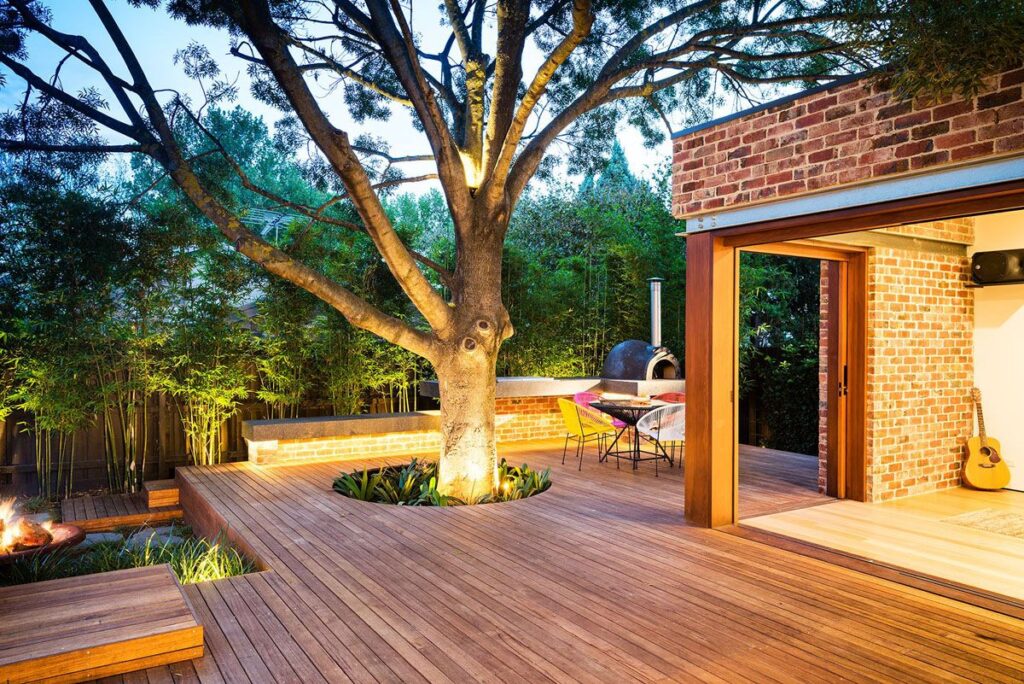
A better version of this would be tropical hardwoods. These are the tough, durable specimen in tree family. In fact, they’re so tough you probably won’t be able to put a regular nail through it. With it being that dense, they are far less susceptible to rotting, almost non-deteriorating and require a lot less maintenance. But, the downside of it being so dense is that you can’t really paint it, since the wood won’t absorb the paint, so you’re left with what you got.
But their colours are naturally rich and beautiful – it would be a shame to actually paint them anyway. However, they will fade over time if not treated, so use special hardwood stains to keep its natural colour preserved.
The final decking option we have for you today is the composite and PVC decking. Fairly similar in price with the hardwood decking, this option brings slightly more to the table. Composite decking is made from a mixture of plastic and wood. That makes it a stable, durable and eco-friendly option since it’s recyclable. PVC, on the other hand, is just plastic.
These options are probably the best ones when you take everything into consideration. The average price is on par with the hardwood decking, but, since these are made from mostly, or completely, out of plastic, the maintenance they require is virtually non-existent. Weather won’t affect it, it’s very easy to keep clean and since it’s not wood, you don’t have to worry about it losing colour.
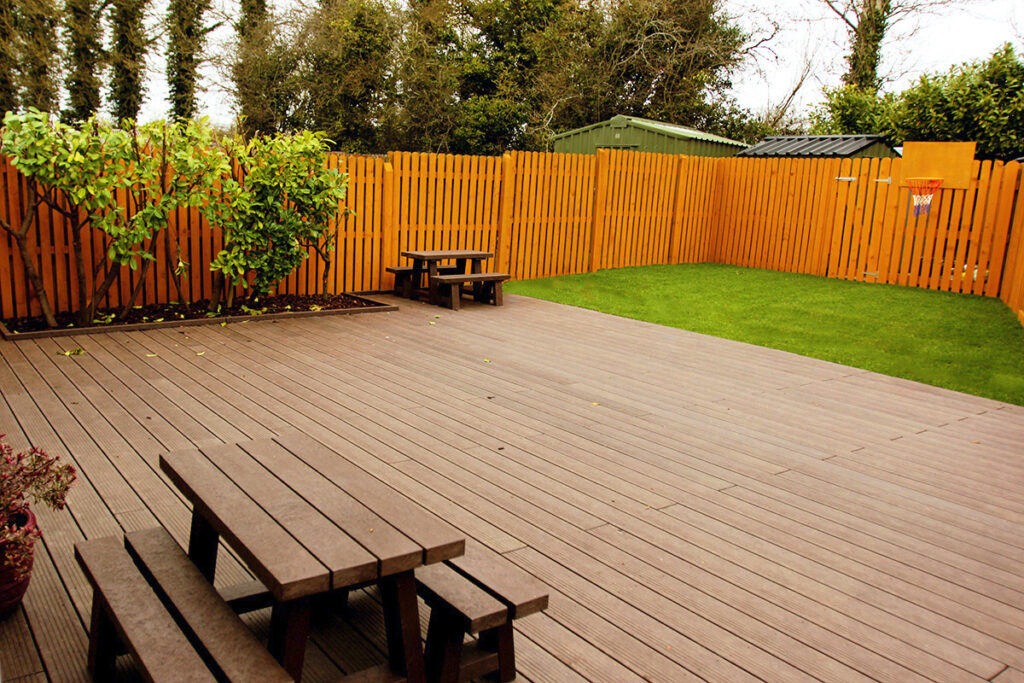
One thing many people worry about when choosing composite or PCV decking is that it’s not going to look as good as the real wood. That’s not entirely true, you can get this in any colour and texture you like and unless you’re willing to closely inspect it, you’re not going to notice the difference. Another thing that people worry about is how durable it is, considering it is much lighter than the wood, but that does not affect the durability at all. If anything, it’ll make it easier to move and install it.
Hopefully, after reading this article you’re set on your decision and the only thing you have to worry about is what shape and size your deck is going to be.

